Growing tomatoes
Growing tomatoes is very rewarding and tomato plants are part of many vegetable gardens all over the world. There are many
varieties of tomatoes and it's best to go to your local nursery to find out which varieties they stock and if they are suited for your
kind of soil and the space that you can offer them. Do you want big tomatoes like "Beefsteak tomatoes" which are great for sandwiches, medium sized like "Plum -" or "Roma tomatoes" which often used in Salads, or tiny "Cherry tomatoes which come as well in many varieties and make excellent salad tomatoes as well." If you want to use your tomatoes for sauces and chutneys than you should grow "Paste tomatoes" which are ideal to be used for cooking.
Tomato plants
like a lot of sun and they will not do well in dark or shaded areas.
Growing tomatoes is easy
So it's best to prepare a sunny spot for them with healthy fertile soil. You should get the growing medium ready for your plants before you put them into the ground. The better the soil the plants grow in the more your plants will flourish.
Remove all old plants, stones and roots. Add a mix of organic growing medium to your ground. I used a mix of 1 Part sand, 1 part composted horse manure and 1 part worm castings. (5 liter of growing mix per square foot should be sufficient.) Dig the whole ground up to a depth of about 12 inches and mix the growth medium into the soil. Than water the ground and let it stand for a few days.
Use planks or bricks to build stepping stones around your tomato plants. Either one will be fine and will enable
you to water the tomatoes without standing on the soil and compacting it. loose soil is essential when you are growing tomatoes.
Below are step by step instructions that will show you how you can be successful in growing tomatoes.
Once you got your seeds from the nursery plant them in small pots. Fill the pot's with a fertile growing medium. We suggest 3 equal parts of worm castings, compost and top soil. Open your seed bag and carefully cover the surface of the pot with 10 to 20 seeds. Than water the seeds well and cover with a thin layer of your planting mix.(Please note that the pot needs to have holes in the bottom to allow the water to drain if needed.)
- Place the pot in
a clear plastic bag on a windowsill that gets lots of light and close
the top of the bag with a rubber band. This will keep the moisture
inside the bag and will offer the seeds an excellent chance to
germinate.
- Your seedlings should sprout after 10 to 14 days. Leave the seedlings in the bags till they have 4 leaves and are about 2 inches / 5 cm tall.
- Then dig a hole in a pot or outside in your garden big enough for the roots and soil of the small pot and plant your seedlings. Push down the soil and make sure all roots and the 2 leaves closest to the roots are covered with soil. Water well and if needed add a little more soil mix around the seedling. Make sure the soil around the young plant is slightly raised. This way no water will run off when you water the plant.
- Plant all your seedlings following the same routine but make sure to
space the plants in the recommended distances which should be mentioned
on the back of your seed packet.
- Depending
on the weather conditions water the vegetable seedlings either once or
twice a day for about 2 weeks. In cooler weather once a day should be
fine.
- When you water make sure you don't stand on the soil but rather make use of the bricks or planks..
- Once the plants are established reduce the watering to once a day or once every other day.
- When the tomato plants grow you will need to build some trellises to support the plants otherwise the the weight of developing fruit will break branches off or pull them to the ground where they might get rot or get infected with diseases.
- Wait for individual fruit to ripen and than harvest them using a pair of scissors or a sharp knife.
- Once a fruit has been completely harvested remove it and replace it with a new seedling.
That's how easy growing tomatoes can be.
Using the above described guidelines you should grow many healthy and fruitful tomato plants.
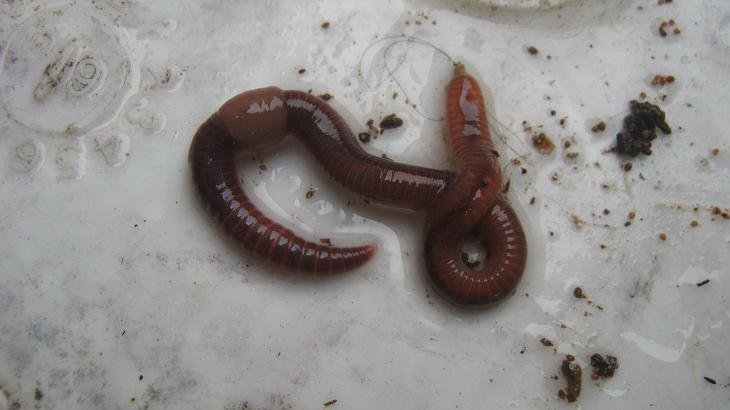 A mature Earthworm that loves rich organic matter.
A mature Earthworm that loves rich organic matter.To get even greater results when growing tomatoes we always use earthworms, worm castings and worm tea to improve the productivity and fertility of the soil. We usually add a few worms to each small pot that I plant seeds in and add a few more worms to the ground when the seedling is ready to be planted in the ground outside. The worms will aerate the soil and make it easier for the roots to grow.
Twice a month we add some freshly brewed worm tea to the water that we use for the tomato plants. If you don't have worm tea at hand you can just sprinkle a handful of worm castings around the base of the plants. The castings will release their nutrients when you water the tomato plants.
---------
To learn about "Tomato blight" one of the most common tomato diseases have a look at my wife Caroline's article at greenidiom.com
For more worm compost related information!
Type your question or keywords (for example “earthworm”) into the search box below.
-----------
-----------
---------
Natural way to clean a clogged drain
----------
Worm castings an amazing plant food
---------
Earthworms the master soil builders
----------
Worm tea liquid fertilizer and natural pesticide.
---------
----------
return from "growing tomatoes" to the square foot gardening page!
---------
Return from "growing tomatoes" to the "Home Page."
Search / Suchen
On SPECIAL
"How to start a profitable worm business on a shoestring budget
Order a printed copy from "Amazon" for only
$11.95
or a digital version from the "Kindle" store for only
$4.50
Prices valid till 30.04.2024
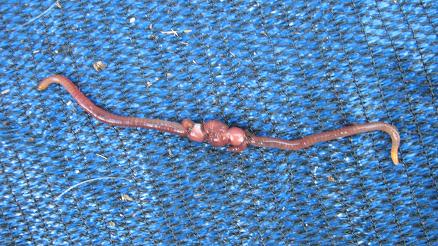
Our New Book
Order the Kindle E-book for the SPECIAL PRICE of only
$3.95
Prices valid till 30.04.2024!
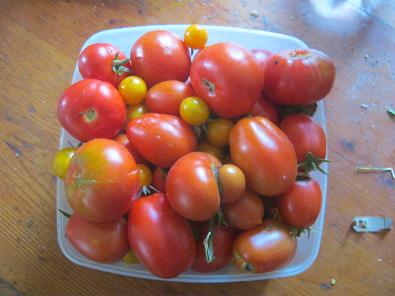
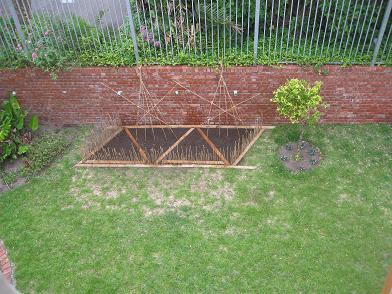
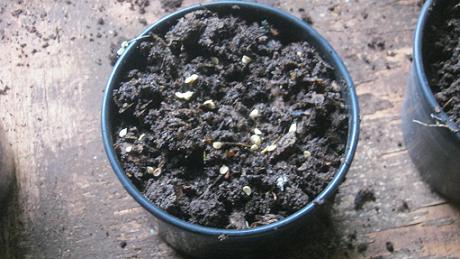
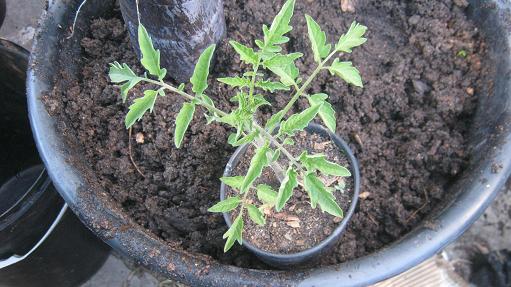
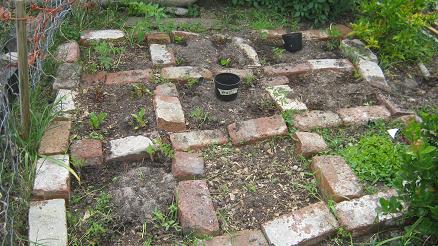
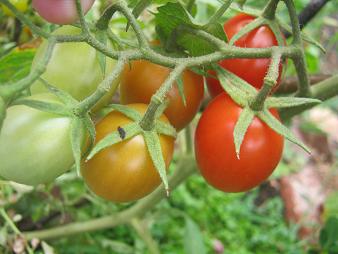


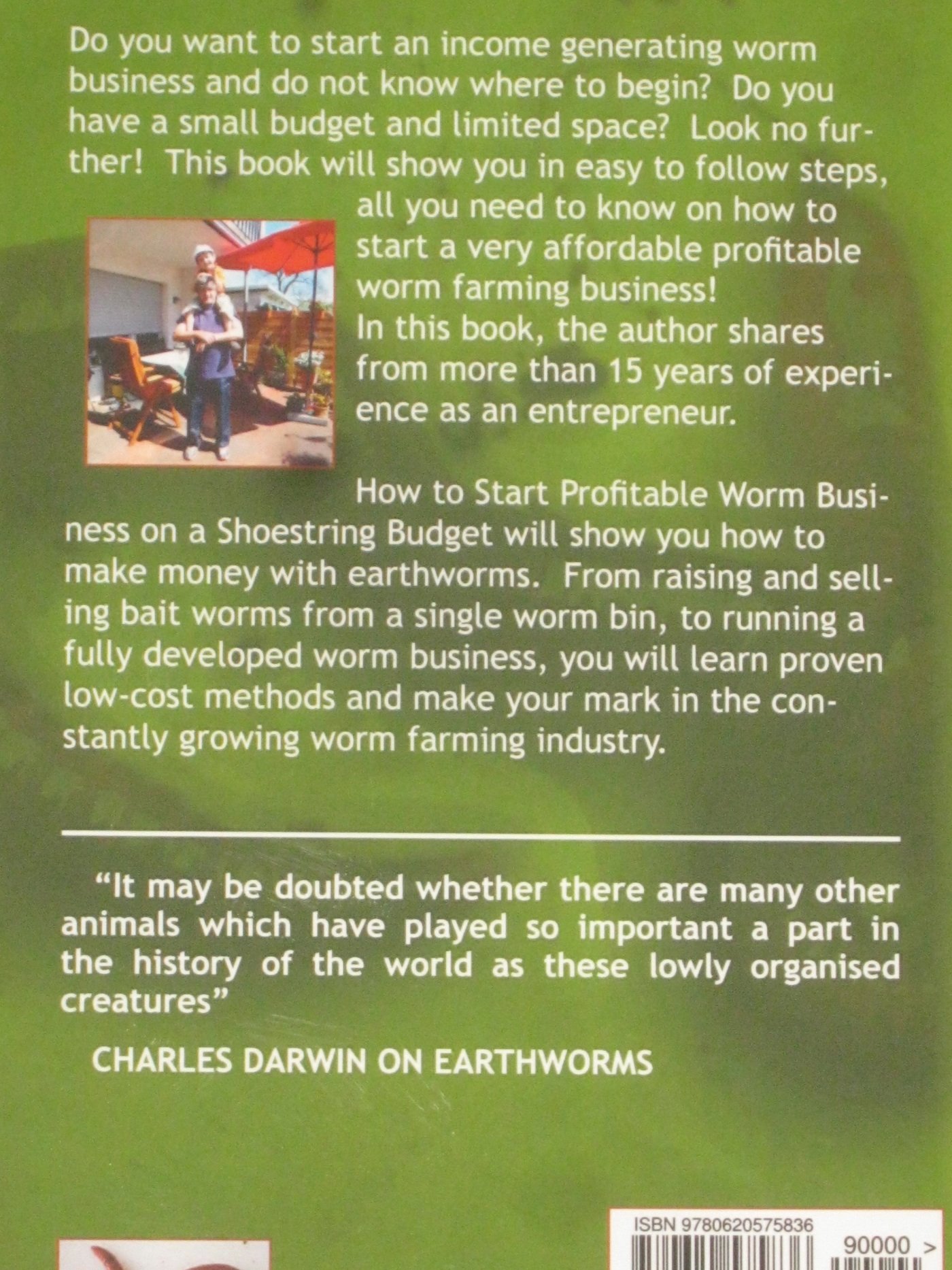

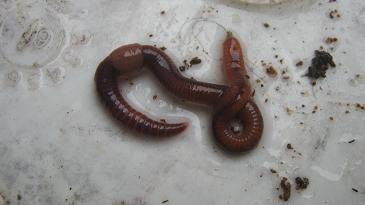
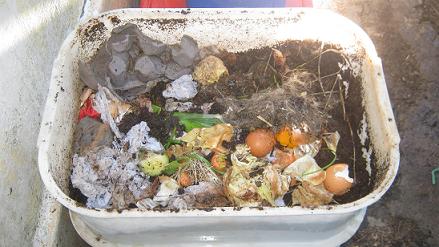
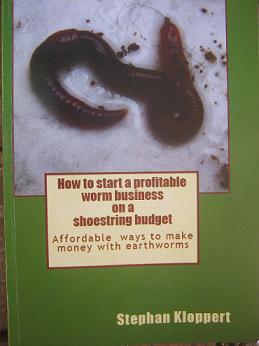
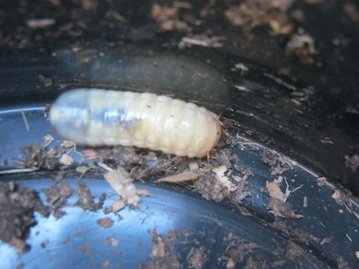
New! Comments
Have your say about what you just read! Leave me a comment in the box below.